At long last, the first full week of the 2022 baseball season has arrived—which is just another way of saying that one of the best times of the year is officially upon us. Naturally, that means it’s time for a booklist here at Close Reads HQ.
Baseball is the most poetic of sports, thanks to its unique display of mano a mano competition, its fundamental reliance on form and order, and its assurance that failure will win the day far more often than success. I think that poetry is what makes it such a desirable subject to read about as well as to watch. Of course, to make any list of books about America’s Pastime I had to turn to my friend John Wilson, who is both one of the most well-read people and one of the biggest baseball fans I know. I asked him to write a little bit about one of his favorite baseball books, and he didn’t disappoint. So you’ll find that below, as well as a brief curation of books worth digging into this month. This list isn’t meant to be comprehensive, but is rather intended to give you a doable reading list for the start of the season. You’ll find a top 100 book to argue worth, an anthology to dip in and out of, a novel to get lost in, a couple of histories to be surprised by, and a brief list of biographies to discover. Oh, and at the bottom, a William Carlos William poem as a kicker.
Thanks to John for participating and, as always, happy reading (and enjoy the games)!
Catcher: How the Man Behind the Plate Became an American Folk Hero, by Peter Morris
For a variety of reasons, some intrinsic to the evolution of the game, some extrinsic, shaped by “social trends,” Major League Baseball is undergoing a period in which change is foregrounded, impossible to miss, even if it’s far from clear where we are headed. At such times it’s good to remember the extent to which professional baseball has metamorphosed throughout its history. And it’s not enough simply to acknowledge that truth, rendering it a mere truism; we need to immerse ourselves in the gritty particulars.
If you are inclined to do that, start this new season with Peter Morris’s superb book Catcher: How the Man Behind the Plate Became an American Folk Hero (Ivan Dee, 2009). When I first read the book, more than a dozen years ago, I quickly found myself scribbling notes on sheets of paper that I slid between the pages: “Mask introduced in 1876 by Harvard student James Tyng. First pro use, 1877. By 1878, almost all professional catchers in the East had begun wearing a mask. // 1883—Detroit catcher Charley Bennett uses ‘chest protector’ made by his wife. William Gray soon thereafter designs inflatable padded protector. (Gray later invented the pay telephone.) By end of 1884 season, in general use. // Between 1884 and 1886, catchers began to shift technique to catching balls on palms instead of fingers, using primitive mitts. ‘True’ catcher’s mitts used in 1888.”
Each innovation was resisted (often as being namby-pamby, not “tough”), but the obvious benefits quickly trumped such prejudice; then the process was repeated (innovation/resistance/acceptance) for yet another aspect of the catcher’s job. Morris ties this story in with the larger one of baseball’s evolution and its place in American society over a period of decades, focusing on exemplary “roles” the catcher played in the national imagination (“The Catcher as Tough Guy”; “The Catcher as Indispensable”; “The Catcher as One in a Million”; “The Catcher as the Man in Disguise”; “The Catcher as Desperado”). It’s a brilliant book, so well put together that, although it runs close to 400 pages, you are likely to gobble it up as if it were half that length. Don’t skip the epigraph, from Casey Stengel.—John Wilson
The Baseball 100 by Joe Posnanski
Fellow Substacker Joe Posnanski, one of the world’s best sports writers (alive or dead), is beloved for his convivial wit as much as his comprehensive knowledge of pretty much every sport. He’s the sort of scribe who, like the best newspaper columnists of old, you want to make a part of your life. When you read his work, you feel like you’re sharing a beer (maybe even one at the ballpark). And it’s both that wit and that knowledge that make The Baseball 100 a must-read for any fan of our nation’s pastime. Posnanski offers more than just a list of names to debate (and as with any good ranking, some of his choices are highly debatable); this is also a book that overflows with love for the game—with history and stories and just enough nerdery to be truly worthy of baseball’s biggest enthusiasts. It’s the perfect book for the first month of the season.
Buy a copy from our Bookshop.org page here.
Baseball: A Literary Anthology, edited by Nicholas Dawidoff
Philip Roth. Richard Ford. Ring Lardner. Marianne Moore. Jacques Brazen. Tallulah Bankhead. James Thurber. William Carlos Williams. That’s just a sampling of the roster of legendary writers whose work is collected here. Dawidoff, who wrote The Catcher Was a Spy, the biography of player-turned-spook Moe Berg, is an apologist for the game, and his affection and knowledge of it are on display in his selections throughout.
Baseball in the Garden of Eden: The Secret History of the Early Game by John Thorn; and How Baseball Happened: Outrageous Lies Exposed! the True Story Revealed by Thomas Gilbert
Because it is so intertwined with American history (be it the evolution of our sense of popular culture and celebrity, its role in military and political history, or its central place in the Civil Rights movement), the baseball has inspired hundreds of books on the evolution of the game itself and the people that have made it. At this point, how many generations of boys and girls grew up reading biographies of their baseball heroes? And many of those books are genuinely great (see below for a list of some recent additions to the genre). But, in my opinion, some of the most interesting histories are about the earliest years of the game—its fraught origins and its complex rise into an essential part of our country’s folklore. In Baseball in the Garden of Eden and How Baseball Happened Thorn and Gilbert dive into the game’s most primitive days, when the rules were evolving and the poetry emerging; into the stories the game fabricated about itself and the legends the fans made true. These are books that sort fact from fiction without losing sight of the beauty of the game and the reasons the myths matter.
Buy How Baseball Happened from our Bookshop.org page here.
Buy Baseball in the Green of Eden from our Bookshop.org page here.
The Natural by Bernard Malamud
Baseball is a perennially common subject for American fiction. In fact, even as its popularity wanes in parts of the country, the poetry of the game remains interesting to artists who are putting pen to paper. Many of these novels are worth reading (I could mention David James Duncan’s Brothers K and Chad Harbach’s The Art of Fielding, of course) but the best of them remains Malamud’s The Natural, a book that in its finest moments reads like John Updike crossed with Raymond Chandler. It is cliche to include on such a list as this, but consider the choice a reminder of its existence for those who’ve put it off. In fact, it would make for a good subway read while headed home from the ballpark (or you could arrive early for batting practice, camp out in your seat, and enjoy the breeze while the Big Leaguers show off).
Buy a copy from our Bookshop.org page here.
Four New Baseball Biographies worth reading
The Bona Fide Legend of Cool Papa Bell: Speed, Grace, and the Negro Leagues by Lonnie Wheeler
Our Team: The Epic Story of Four Men and the World Series That Changed Baseball by Luke Epplin
Red Barber: The Life and Legacy of a Broadcasting Legend by Judith R. Hiltner
A poem for the ballpark . . .
“The Crowd at the Ballgame”
by William Carlos Williams
The crowd at the ball game is moved uniformly by a spirit of uselessness which delights them— all the exciting detail of the chase and the escape, the error the flash of genius— all to no end save beauty the eternal— So in detail they, the crowd, are beautiful for this to be warned against saluted and defied— It is alive, venomous it smiles grimly its words cut— The flashy female with her mother, gets it— The Jew gets it straight— it is deadly, terrifying— It is the Inquisition, the Revolution It is beauty itself that lives day by day in them idly— This is the power of their faces It is summer, it is the solstice the crowd is cheering, the crowd is laughing in detail permanently, seriously without thought


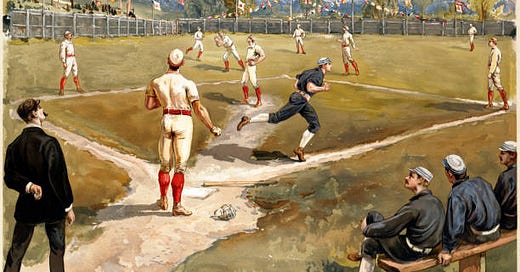




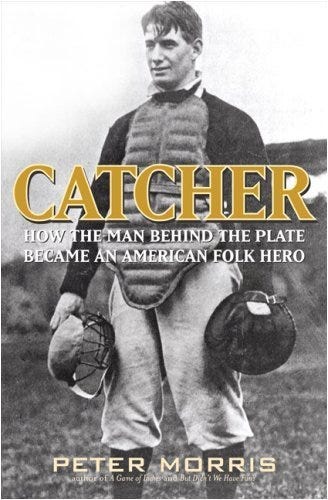
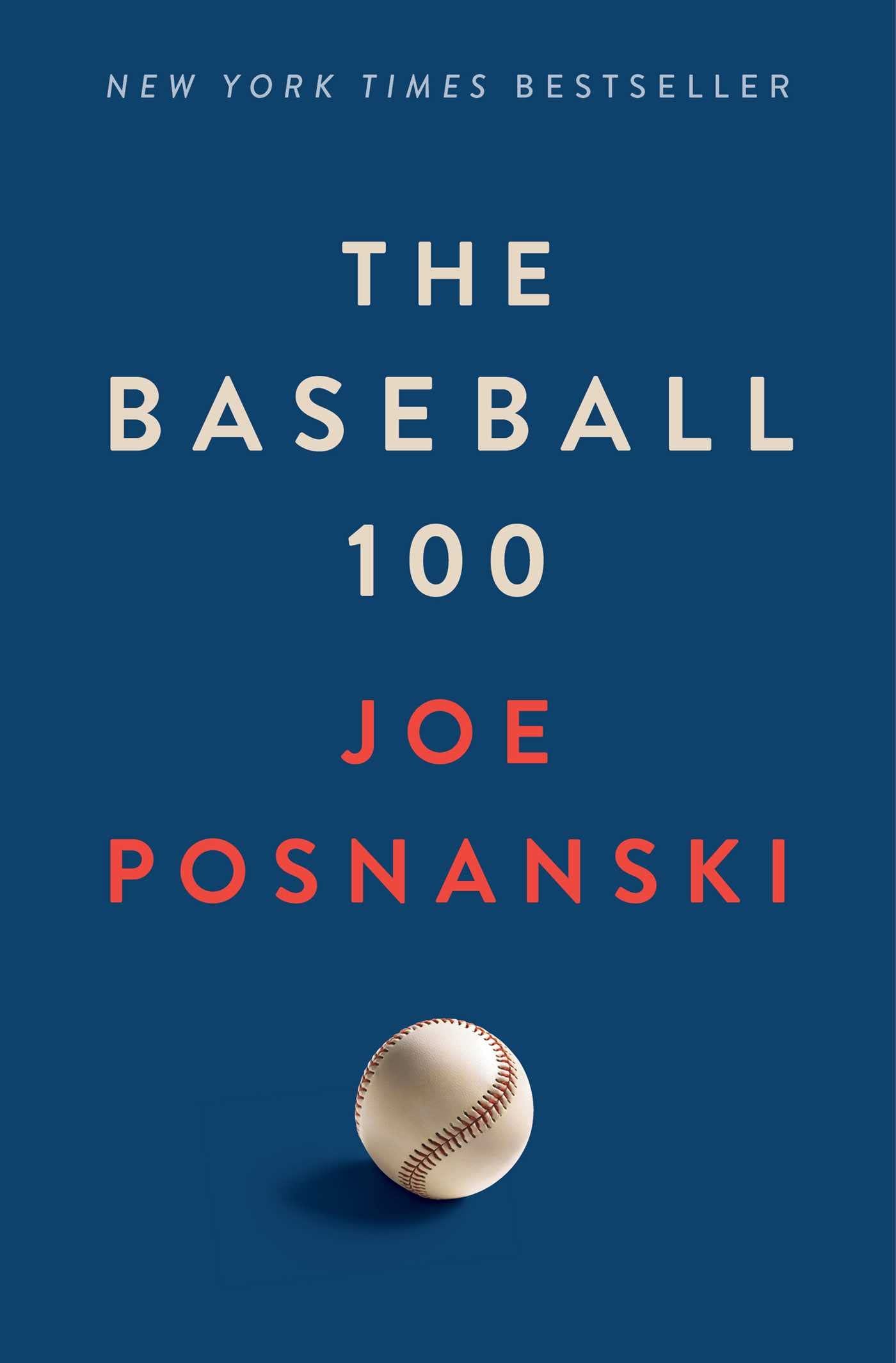

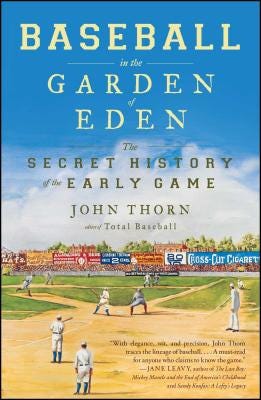

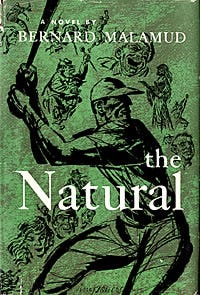
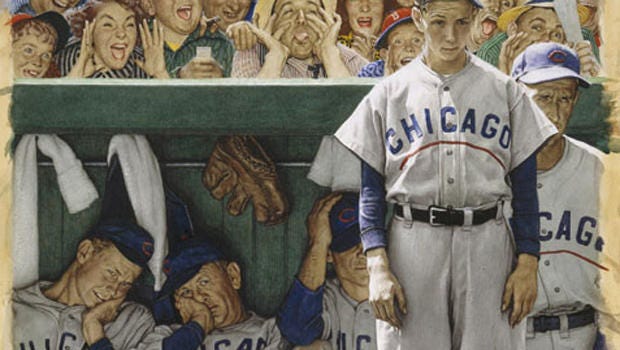
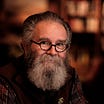
I enjoyed this. I particularly loved the Cool Papa Bell bio. I would also recommend Posnanski's book on his travels with Buck O'Neil (who sadly passed before he could get the nod for Cooperstown) and I liked Bryant's Henry Aaron bio.
I have always loved Posnaski's writing, but had lost track of him. Thanks for pointing me to his substack! I also read a little of 100 this afternoon at the bookstore.